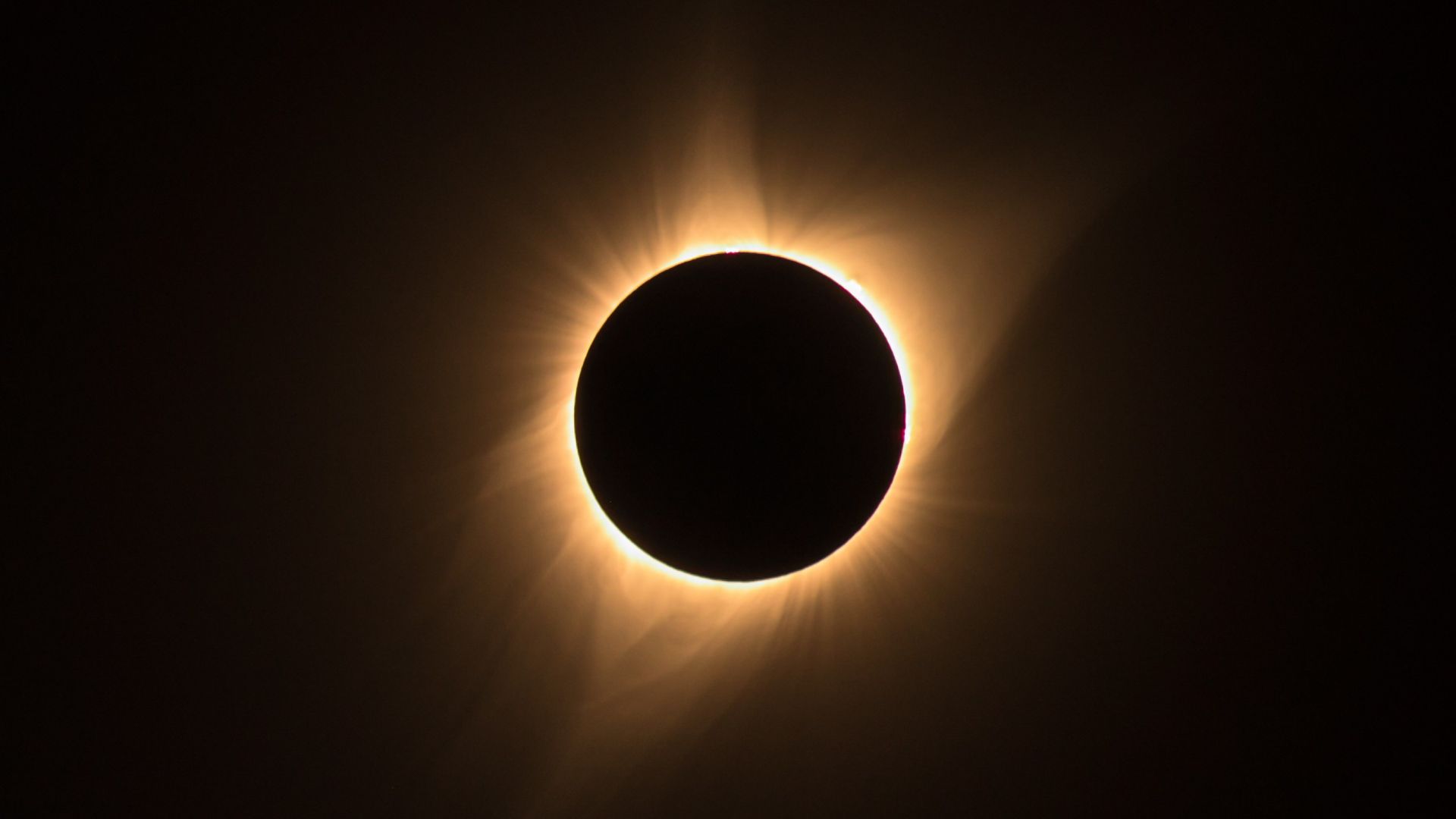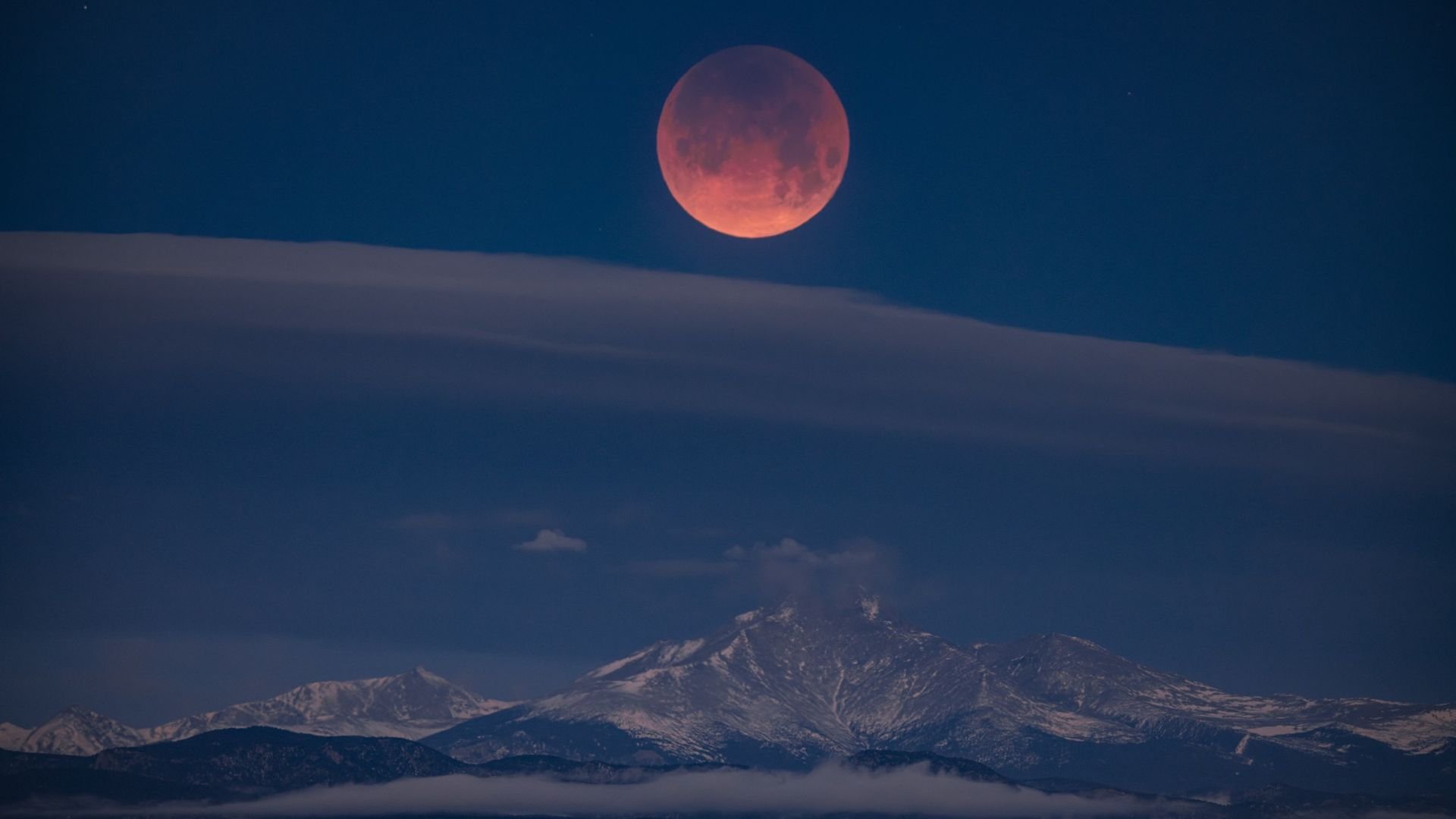
This Monday the 8th of April, we are getting ready for a total solar eclipse! Let's find out how Keith Ladzinski, a National Geographic photographer and Emmy-nominated director, plans to capture this moment on camera.
Previously, we covered what is being talked about as the Great American Eclipse here, but given the historical nature of the event we thought we'd return to it again and this time look in detail at the equipment you need to capture this moment on camera.
The Weather Channel partnered with Canon to feature a segment on eclipse photography with Canon Explorer of Light, Keith Ladzinski, and this is a summary of his advice.
Camera
Any camera will most likely do the trick to capture a solar eclipse, but some will give you a better experience depending on your expectations. Keith works a lot with Canon cameras, so he opts for a full-frame sensor camera like the Canon EOS R5 or EOS R8 that can produce high-resolution images. APS-C frame cameras such as the EOS R50 or EOS R100 have smaller sensors resulting in a cropped image compared to the uncropped full-frame sensor. Your sun disk will be significantly larger with the APS-C sensor than with the full-frame sensor.
Lenses
Choosing the right lens depends on how large you want the sun or moon to be. It comes to two things: your mirrorless camera’s sensor size and the focal length of your lens. Keith recommends choosing a lens that is 1/3 to 1/4 the height of your sensor. If you want to shoot a time-lapse of the whole 2.5-hour solar eclipse with a horizon or other foreground feature, he would recommend using very wide-angle lenses like the RF15-30mm F4.5-6.3 IS STM Lens.

Solar Filter
Solar filters transmit or restrict different wavelengths of light. Depending on what color of sun disk you prefer, you can opt for non-silvered glass and metalized Mylar for a blueish-white sun disk or silver/black polymer solar film, which gives you a yellow sun disk. Keith recommends using a CE or ISO-certified lens that goes over the front of the lens to keep you safe.
Keep in mind, that there is a difference between solar filters used by the public for viewing and photographers photographing the solar eclipse. Restricting the light through a filter is not enough. You need a solar filter that restricts infrared and ultraviolet light. Not having a solar filter or using just a plain ND filter can burn a hole not only through the camera sensor but also melt the aperture blades.
Tripod
Keith brings along a tripod to capture the entire 2.5-hour-long eclipse. He opts for a four-legged tripod for better stability. In the end, the tripod needs to support not only your camera but also the heavy lens. He sets the tripod up to eye level and ensures he doesn't fully extend the center column since the lens will be pointing nearly straight up. And lastly, don't forget your camping chair!
Since you will be shooting mostly straight up, ensure your tripod head can handle this with a heavy lens. Keith recommends using an astronomical equatorial head, gimbal head, or ball and socket head.
Capturing solar eclipse
There are two parts to a total eclipse. The first phase is when the moon starts to cover and uncover the sun’s disk. During the covering and uncovering phase, you have the full intensity of the sun visible, so you need the solar filter over the lens. Once you can only see a small part of the sun, about 15 seconds before totality, you can remove the solar filter to photograph the remaining diamond ring effect.
Once the moon completely covers the sun, the second phase has begun and you are photographing the corona. Totality during the eclipse will vary but on average this will last about 2½ minutes. At the end of totality, the diamond ring effect occurs again. Once this light becomes very bright, replace the solar filter back on the front of your lens.
EXTRA TIP: If your sun disk appears overexposed, we recommend switching your exposure mode to manual. Since the intensity of the sun remains the same, using manual exposure mode will usually give you better results.
Watch out for live Eclipse coverage with Keith Ladzinski from Indianapolis Speedway on The Weather Channel in the US.
Tags: Production Cameras


Comments